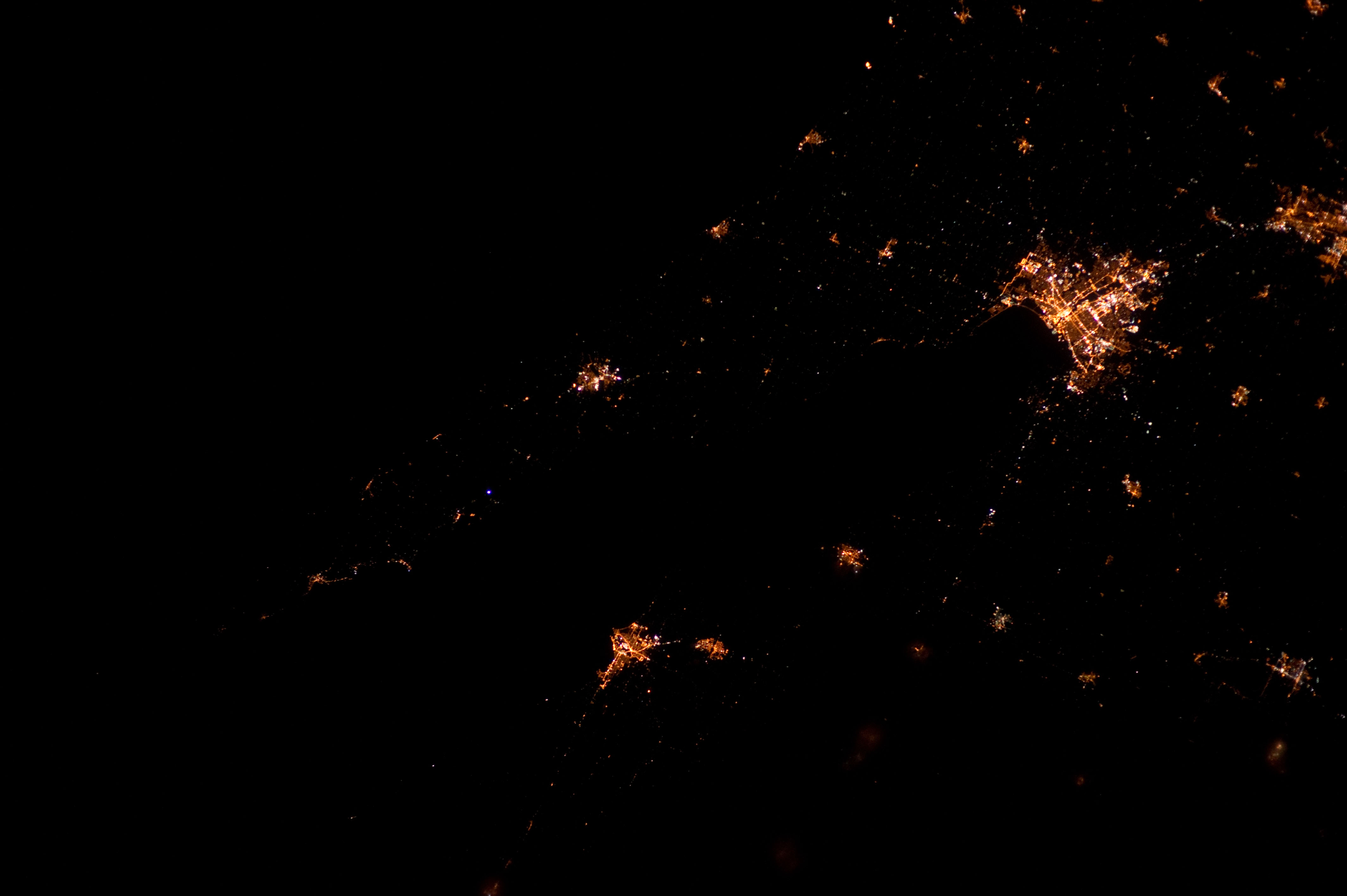Green Bay Area | ||
|---|---|---|
 Lambeau Field in 2023 | ||
 Map of Green Bay–Shawano, WI CSA | ||
| Country | | |
| State | | |
| Largest city | Green Bay | |
| Area | ||
| • Land | 1,880 sq mi (4,870 km2) | |
| Population | ||
• Total | 328,268 | |
| GDP | ||
| • Total | $24.565 billion (2022) | |
| Time zone | UTC−06:00 (CST) | |
| • Summer (DST) | UTC−05:00 (CDT) | |
The Green Bay metropolitan statistical area, as defined by the United States Census Bureau, is a metropolitan area in northeastern Wisconsin anchored by the City of Green Bay. It is Wisconsin's fourth largest metropolitan statistical area by population. As of the 2020 Census, the MSA had a combined population of 328,268.

